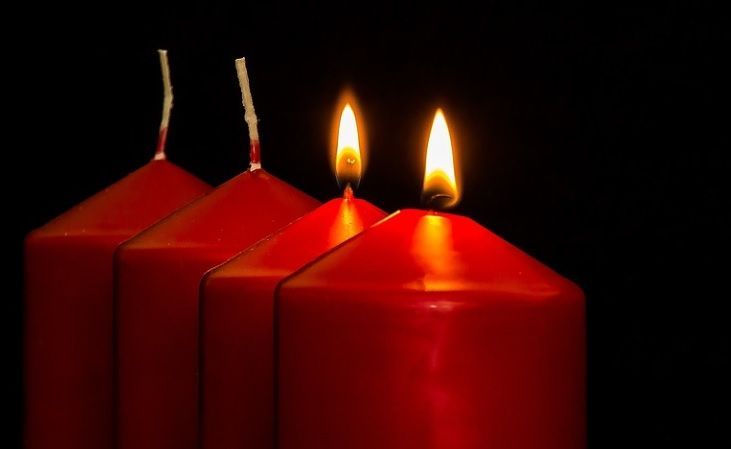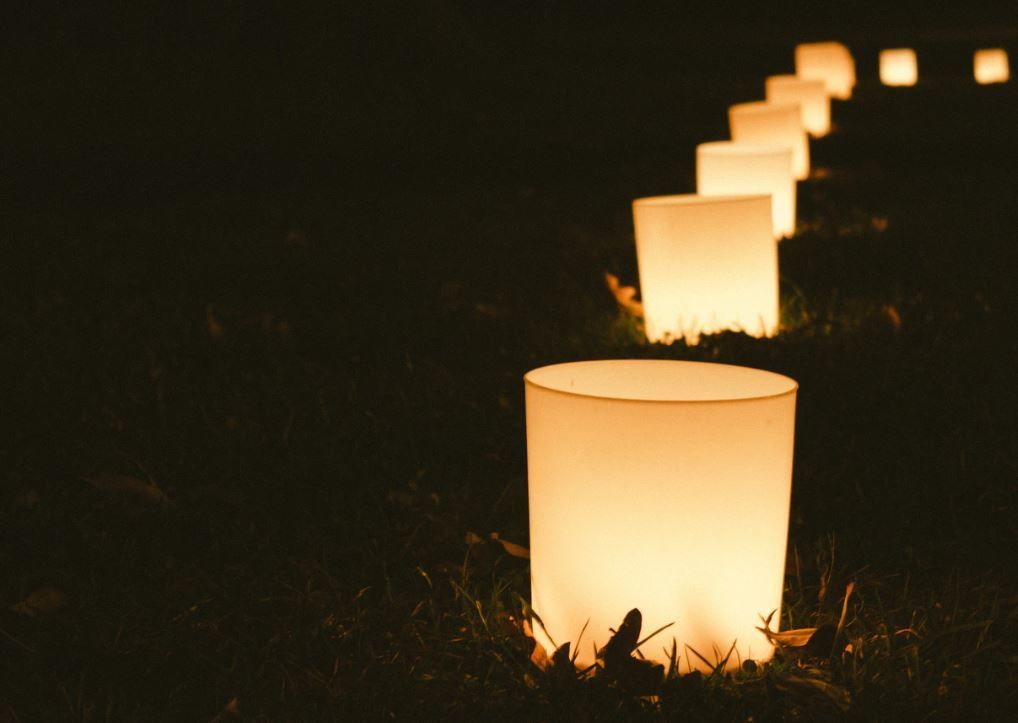All About Cremation Service Ovens
Keep reading to learn more about ovens as cremation services commonly use brick or special masonry cremation chambers that reach high temperatures to cremate the bodies.

Many bereaved have questions about the cremation service process in Silvis, IL, especially surrounding the process – like the ovens. One of the most interesting parts of the cremation process is how the cremation oven works. Keep reading to learn more about how these ovens work.
The cremation chamber, sometimes called an oven or a retort, operates between 1,400- and 1,800-degrees Fahrenheit. This high heat is necessary to break down the body into small fragments of bone and ash and is generally produced by propane or natural gas. Most cremation ovens are made out of fire-resistant bricks and special masonry. The fire-resistant bricks line the interior of the chamber on the ceiling and walls.
Specially made masonry materials cover the bottom of the chamber as that is the area that is exposed to the highest temperatures. Cremation oven walls are usually about 6 inches think to keep the extreme heat contained. They can have manually or mechanically operated doors depending on the model and design. Organic body materials like skin, tissue, organs and muscle are oxidized and then vaporized during the cremation process, as the human body is mostly made of water, bone and carbon.
These vapors are filtered and released through the oven’s exhaust system. All that remains after a cremation is bone fragments and non-organic materials like artificial bones or joints, implants, or dental work. All jewelry and removable medical devices are taken off the body before the cremation. The bone fragments are separated from non-organic materials and then left to cool. After cooling, they are processed and broken down into what we call ashes, with a texture like coarse sand.
These ashes are placed in sealed bag and returned to the bereaved so they can inurn, bury, scatter or spread them as they so choose. All bodies are placed in a cremation container before the cremation takes places and for the duration of the process. This is to stay in compliance with health and safety codes and to maintain the dignity of the deceased before, during and after the cremation. There are certain container specifications that also must be met for health and safety laws, but the remainder of the container details can be chose by the bereaved. Many choose standard corrugated boxes, and others choose wooden containers or caskets. No matter what kind of container is chosen, its purpose is to hold the body before the cremation and break down entirely during the cremation, so no residue is left.
These are just a few interesting facts about cremation services, ovens and how the cremation process works.
Trimble Funeral Home & Crematory is here to help if you have more questions about the cremation process or would like to learn more about your options for Silvis, IL cremation services. We offer a wide range of funeral and cremation services designed to help you in your time of loss. Please stop by and visit us or give us a call to learn more about what we can do for you after the loss of a loved one or while you’re preplanning for your own eventual passing.















